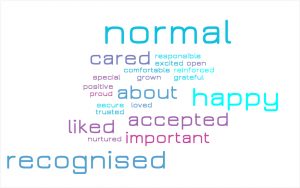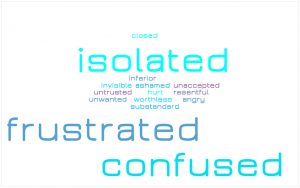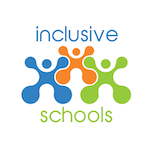Inclusive schools are about moving from a position of asking “Why inclusion?” to asking “How do we successfully include all students?”.
Why inclusion?
The Melbourne Declaration on Educational Goals for Young Australians declares that ‘all Australian governments and all school sectors must provide all students with access to high-quality schooling that is free from discrimination based on gender, language, sexual orientation, pregnancy, culture, ethnicity, religion, health or disability, socioeconomic background or geographic location’.
All students are entitled to rigorous, relevant and engaging learning programs drawn from a challenging curriculum that addresses their individual learning needs.
Teachers will use the Australian Curriculum to develop teaching and learning programs that build on students’ interests, strengths, goals and learning needs, and address the cognitive, affective, physical, social and aesthetic needs of all students.
The propositions that shape the development of the Australian Curriculum establish expectations that the Australian Curriculum is appropriate for all students. These propositions include:
- that each student can learn and that the needs of every student are important
- that each student is entitled to knowledge, understanding and skills that provide a foundation for successful and lifelong learning and participation in the Australian community
- that high expectations should be set for each student as teachers account for the current level of learning of individual students and the different rates at which students develop
- that the needs and interests of students will vary, and that schools and teachers will plan from the curriculum in ways that respond to those needs and interests.
What is an inclusive school?
To begin to answer that question, Falvey and Givner (2005) asked thousands of children, adolescents, and adults to identify an event in their lives that caused them to feel included and one that caused them to feel excluded. They then asked the subjects to describe how they felt during and following the two experiences. Here’s what they said:
Included

Excluded

These lists make a powerful point that no one wants to be excluded. Inclusive education is about embracing everyone and making a commitment to provide each and every student, staff and community member in your school with a feeling of belonging.
Sourced from http://www.ascd.org/publications/books/105019/chapters/What-Is-an-Inclusive-School¢.aspx

